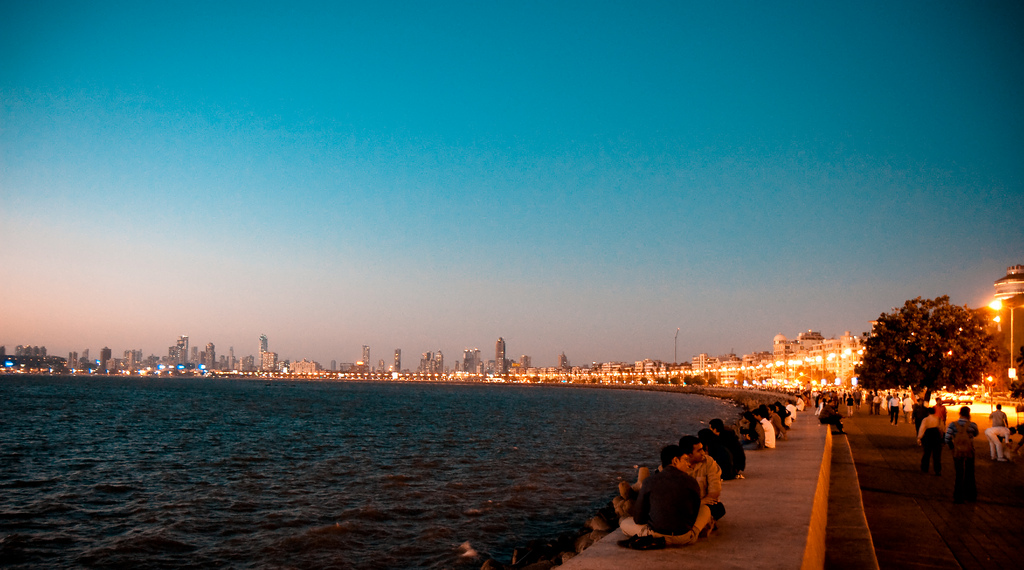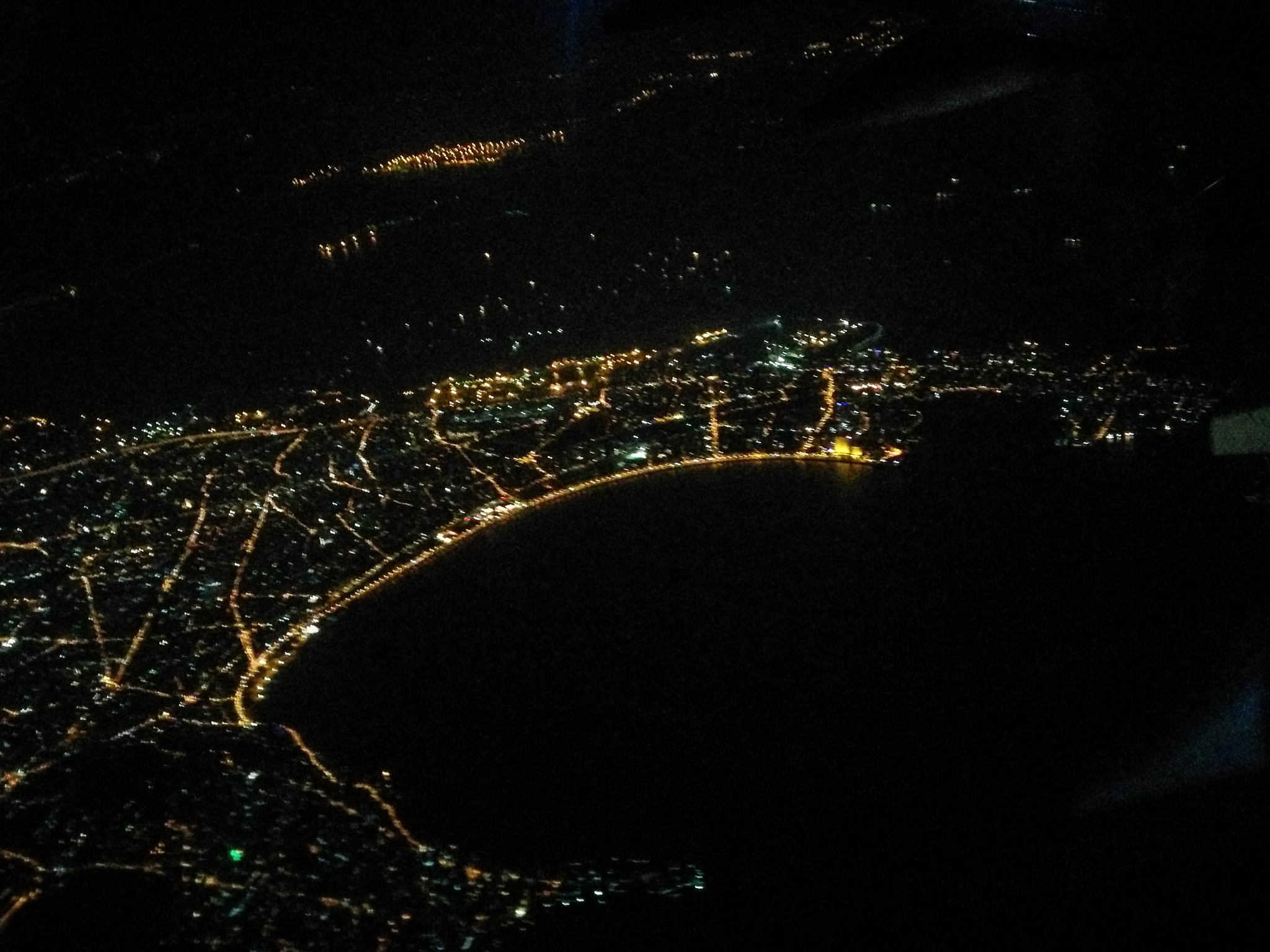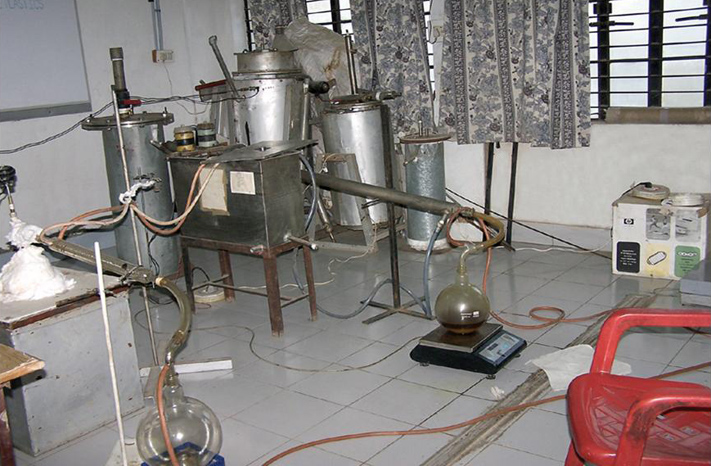Author – Rash Writer

From the richest to the poorest, oldest to youngest, everyone identifies with this miracle of Mumbai – the Queen’s Necklace Mumbai. Marine Drive is called the Queen’s Necklace a never miss Mumbai places to visit, because its aerial view at night, owing to all the sparkling lights of the city that never sleeps, gives it the effect of a dazzling jewel.
The places which make up this fabulous jewel are the favourite hangouts for people of all ages and from all walks of life. Nasir Engineer, a student of Jai Hind College, who frequents the Marine Drive due to its proximity to the college, says “Every time lectures get cancelled, or we don’t feel like sitting for a particularly boring lecture, we come here. It’s so much fun!” There are many others who share his sentiment. Nupur Sariya, who works near Chowpatty, says, “During lunch breaks at work, I come here sometimes, even when it’s sunny, especially in the summers. Alternately, I go to Cafe Coffee Day on the opposite side of the road in the evenings at times with friends. Just being near the sea gives a sense of serenity and calmness.”

Image – Jaideep Vaidya
The people who love being close to the sea would anyway enjoy going to the sea front, but ever since the beautification project was undertaken, the Marine Drive area has become even more inviting. An entire promenade has been created, complete with trees along the way. Another positive step taken was evicting all the hawkers from the main beach at Chowpatty. While it’s true that Chowpatty would be incomplete without its Panipuri and Bhelpuriwalas, they sure were a nuisance when they used to spread right across the beach. Now, the Chowpatty beach is much cleaner than it used to be, which is definitely a plus.
And who can forget the ghoda gadiwalas! Magnificent chariot seats atop resplendent (or not so resplendent!) horses, the breeze in your face while the horse’s hoofs go clippety clop! What more could you ask for? Lower rates for the rides, that’s one thing for sure! A ride from Nariman Point to Chowpatty would cost you anywhere between Rs. 250-350! Ask them why do they charge so much, and the owners of the carriages – such as Masoudbhai Tangewale – say that feeding the horse alone costs so much; like you alone are supposed to be paying for that!

Image – Ashwin Kumar
The Queen’s Necklace has become immortal in Indian cinema; right from Ashok Kumar to Akshay Kumar, Chalti ka Naam Gadi to Lagey Raho Munnabhai! Marine Drive was the place which saw the man whom we all know as ‘King Khan’ now, say to his friend, “I will be the king of this city one day”. And, well, the city bears witness to the coming true of this declaration, and probably many more such dreams that we may know nothing of.
However, apart from all the good things, if one looks beyond the twinkling lights, the water of the Arabian Sea is not exactly crystal clear, but for that, nobody but the public is to blame. Mrs. Shirin Mehta, who lives in NCPA Apartments facing the sea at Nariman Point, says, “It’s great to be living here, but, sometimes, when I’m standing at the window, and see people throwing plastic bottles and whole bags of litter into the sea, I get very upset. Once or twice when I was out and saw this happening, I reprimanded the lady who was tossing things in the water, but she just gave me a nasty look and walked away.”
Mrs. Mehta’s complaints, however, are not the lawmakers’ only concern. The authorities also have to secure the coastal areas, so that another 26/11 attack does not take place in Mumbai. After the carnage at the Taj, the Oberoi and the Trident hotels, securing the coastal areas has become the need of the hour.

Apart from the pressing matter of coastal security, there is this issue of the area being a lovers’ point. In this age, where everyone has the fundamental right to freedom, this right is taken literally by some. While the stand of certain political parties or the ‘moral brigade’ tends to be extreme on the issue of couples indulging in public display of affection, some people just take it too far. Sunita, a young girl, who was enjoying some blissful moments with her boyfriend at Chowpatty, said, “As long as couples do not indulge in behaviour that is over the top, I don’t see any harm in couples sitting together. But this concept of the ‘moral police’ is ridiculous. How can you threaten people for holding hands?” asked a bewildered Sunita, and her partner couldn’t agree more.
Thus, the Queen’s Necklace Mumbai (Timeless Jewel of Mumbai ) epitomizes the essence of Mumbai – where, irrespective of joys and sorrows, the poor can enjoy open sky while looking out at the sea, while the rich can relax on a horse carriage.
– Factfile –
http://en.wikipedia.org
http://www.lonelyplanet.com
http://maharashtra.nic.in


























